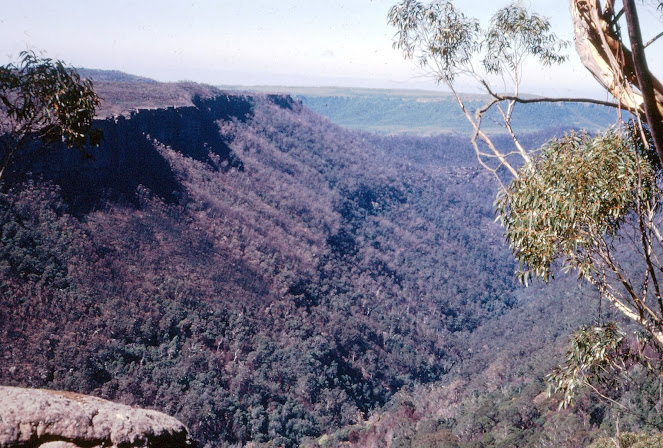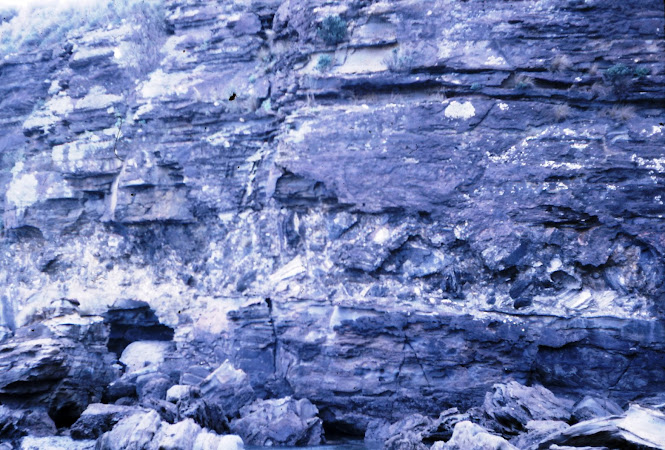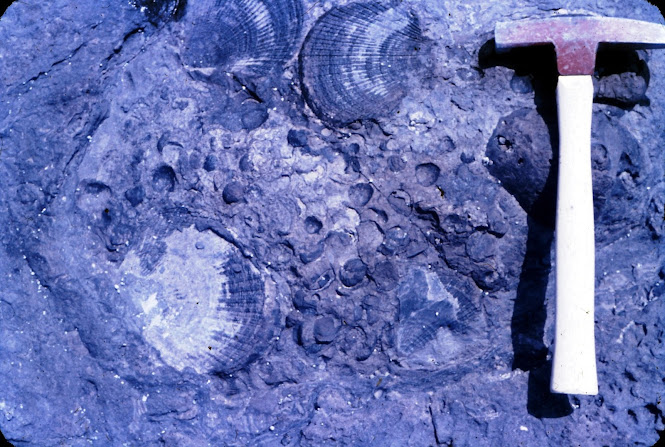
FIELD GEOLOGY OF THE SHOALHAVEN DISTRICT (PART 24) This is the end of the book! Scroll down for the beginning or click here: https://www.blogger.com/blog/post/edit/1515863000684737715/1996628405451350047 CHAPTER 16 : References and Glossary References Andrews EC: “Report on the Yalwal Gold Field” (Min.Res.NSW, 9) 1901 Branagan DF and Packham GH: “Field Geology of NSW” (Science Press) 1967 Card GW and Jaquet JB: “The Geology of the Cambewarra Mountain, NSW” (Rec.Geol.Surv.NSW, 8, 261) 1903 Harper LF: “The Geology of the Gerringong District” (Rec.Geol.Surv.NSW, 8(2) 94) 1905 Harper LF: “Geology and Mineral Resources of the Southern Coalfield” (Geol.Surv.NSW Mem 7) 1915 Nashar B: “Geology of the Sydney Basin” (Jacaranda) 1967 Packham GH (Ed): “The Geology of NSW” (J.Geol.Soc.Aust. 16 pt 1) 1969 Paix JG: The Geology of the Shoalhaven Shire” (Shoalhaven Shire Council) 1968 Taylor TG: “Sydneyside Scenery” (Angus and Ro...



